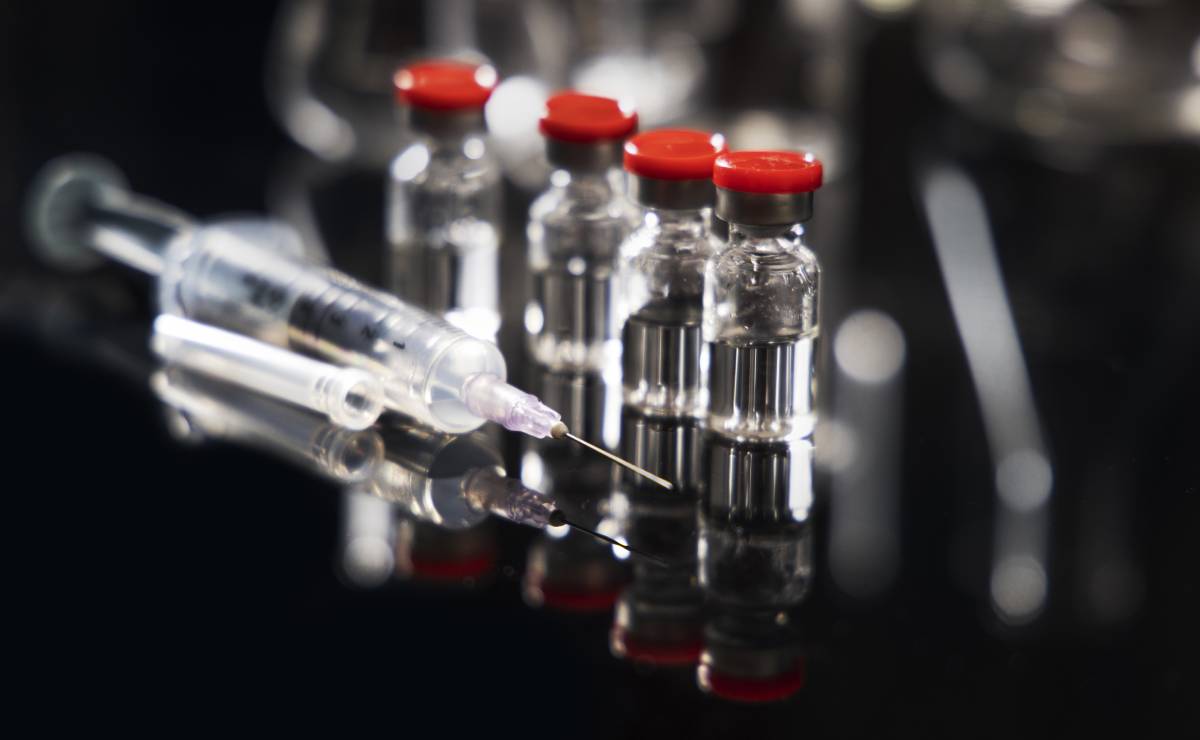The World Health Organization defines anaphylaxis as a severe, life-threatening generalized or systemic hypersensitivity reaction, which is usually mediated by an immunologic mechanism, resulting from the sudden release of IgE, IgG, complements, or immune complexes [1,2]. Foods and medications (such as the exceedingly rare instances associated with COVID-19 vaccination) are the cause of most situations for which a cause can be identified, but any agent capable of directly or indirectly activating mast cells or basophils can lead to anaphylaxis [2].
Anaphylactic reactions can present with the following signs and symptoms: diffuse erythema (redness), pruritis (itchiness), urticaria (hives), angioedema (swelling), bronchospasm, laryngeal edema (swelling in the throat), hyperperistalsis, hypotension (low blood pressure), and cardiac arrhythmias [2]. Other symptoms that may accompany an anaphylactic reaction include nausea, vomiting, lightheadedness, headache, anxiety, and unconsciousness [2]. Generalized urticaria and angioedema are the most common clinical presentations [2]. Signs and symptoms may not present simultaneously [2]. The more rapid the onset of the signs and symptoms after exposure to an offending stimulus, the more likely the reaction will be severe and possibly life-threatening [2]. Anaphylaxis typically occurs within 5 to 30 minutes [2].
Estimates of anaphylaxis prevalence vary widely [3]. Several studies have suggested that prevalence is increasing, particularly in developed countries [3]. This is reflected by higher reported rates in all age groups in recent decades [1]. The increase in anaphylactic events is estimated to be as high as 350% for food-induced anaphylaxis and 230% for non-food induced anaphylaxis over the last ten years [1]. A 2014 study investigating the lifetime prevalence in the adult population in the United States found that at least 1 in every 50 adults experienced this one or more times [3]. Consistent with prior reports, the researchers found that medications, food, and stinging insects were the most frequent anaphylactic reaction triggers [3].
Numerous factors may affect its incidence, including previous history, atopy, socioeconomic factors, gender, geography, and season [1]. Previous history of anaphylaxis is considered to be the only known reliable predictor of future anaphylaxis [1]. However, at least 25% of adults and 65% of children presenting with an anaphylactic reaction do not report a previous event [1]. In adults, women are more likely to experience this reaction than men due to estrogens that enhance mast cell activation and allergic sensitization [1].
Treatment involves consideration of both the emergency treatment of acute reactions and long-term care that aims to reduce the risk of subsequent reactions [4]. In fatal episodes, death may occur within minutes of the reaction, underscoring the importance of effective emergency management [4]. Adrenaline/epinephrine, glucocorticosteroids, antihistamines, and methylxanthines have been shown to be effective interventions in the care of acute anaphylaxis [4]. Injectable adrenaline is universally agreed upon as the first-line therapy for anaphylaxis [6]. It is able to counteract many pathophysiological changes in anaphylactic reactions by acting through alpha-1 adrenergic receptors to induce vasoconstriction, which prevents airway edema and hypotension. It also binds to beta-1 and beta-2 adrenergic receptors to increase heart rate and airway dilation [6]. Long-term management of anaphylaxis typically involves carrying an adrenaline autoinjector [5].
References
- Ben-Shoshan, M., & Clarke, A. (2010). Anaphylaxis: past, present and future. Allergy, 66(1), 1-14. doi:10.1111/j.1398-9995.2010.02422.x
- Kemp, S., & Lockey, R. (2002). Anaphylaxis: A review of causes and mechanisms. Journal of Allergy and Clinical Immunology, 110(3), 341-348. doi:10.1067/mai.2002.126811
- Wood, R., Camargo, C., Lieberman, P. et al. (2014). Anaphylaxis in America: The prevalence and characteristics of anaphylaxis in the United States. Journal of Allergy and Clinical Immunology, 133(2), 461-467. doi:10.1016/j.jaci.2013.08.016
- Dhami, S., Panesar, S., Roberts, G. et al. (2013). Management of anaphylaxis: a systematic review. Allergy, 69(2), 168-175. doi:10.1111/all.12318
- de Silva, D., Singh, C., Muraro, A. et al. (2020). Diagnosing, managing and preventing anaphylaxis: Systematic review. Allergy. doi:10.1111/all.14580
- Reber, L., Hernandez, J., & Galli, S. (2017). The pathophysiology of anaphylaxis. Journal of Allergy and Clinical Immunology, 140(2), 335-348. doi:10.1016/j.jaci.2017.06.003

